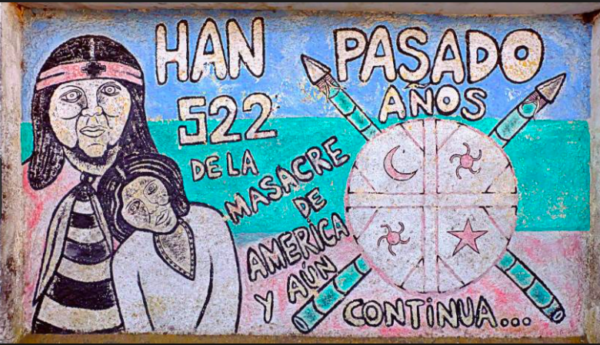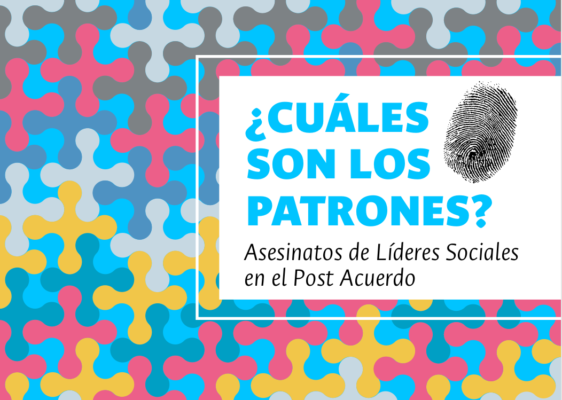De acuerdo con un nuevo informe de CODECA 14 miembros de la organización han sido asesinados desde enero de 2018, en el contexto de una campaña de amenazas y ataques directos.
La represión es un mecanismo para frenar las luchas de los pueblos que defienden sus derechos frente a los intereses voraces de sectores de poder económico. En Guatemala CODECA es el movimiento social más perseguido y criminalizado en los últimos años.
En menos de dos años (de Enero 2018 a Septiembre 2019) 14 personas defensoras de DDHH integrantes de CODECA han sido asesinadas. En este mismo lapso de tiempo un total de 5748 personas defensoras han recibido diferentes tipos de agresiones. Los casos más frecuentes son criminalización,
amenazas colectivas a comunidades, amenazas directas a la integridad de defensores o sus familias y encarcelamientos. No se cuantifica en este documento las víctimas de las campañas de difamación y estigmatización, estos afectan masivamente a todas las familias organizadas en CODECA.
Todos los casos de represión contra CODECA siguen en la impunidad. Casi siempre, el sistema de justicia en Guatemala es utilizado por los sectores de poder para perseguir y criminalizar a defensores/as y organizaciones que defienden
DDHH. La respuesta estatal a la represión, siempre ha sido nula. El mismo gobierno central de Guatemala es uno de los actores que ha estigmatizado a las organizaciones y a las personas defensoras de DDHH. No hay voluntad política por
parte del gobierno de atender esta problemática.
Como mecanismo de defensa por parte de CODECA ante la represión, se han implementado diferentes estrategias, una de ellas es que se a seguido muy bien la consigna que dice “Ante mayor represión, mayor organización”. Se ha implementado una estrategia de comunicación mediante una red nacional
de comunicadores comunitarios que trabajan redes sociales y una Radio, Radio Victoria la Voz de los Pueblos. A nivel nacional también se ha articulado una red de defensores/as comunitarios para generar mecanismos de apoyo mutuo y respuestas ante la represión.
A pesar de la adversidad, CODECA ha logrado crecer a nivel nacional. Ha fortalecido su lucha por la defensa de los DDHH, la Madre Tierra y el Territorio. Ha avanzado cada vez más en el posicionamiento público de la propuesta de construcción del Estado Plurinacional y el Buen Vivir de los pueblos, mediante
un proceso de Asamblea Constituyente Popular y Plurinacional (ACPP). Una apuesta es lograr que los pueblos y sectores históricamente excluidos sean sujetos/as de derechos, y la Madre Tierra sea concebida y protegida como fuente de vida y no como recurso para ser explotado.






